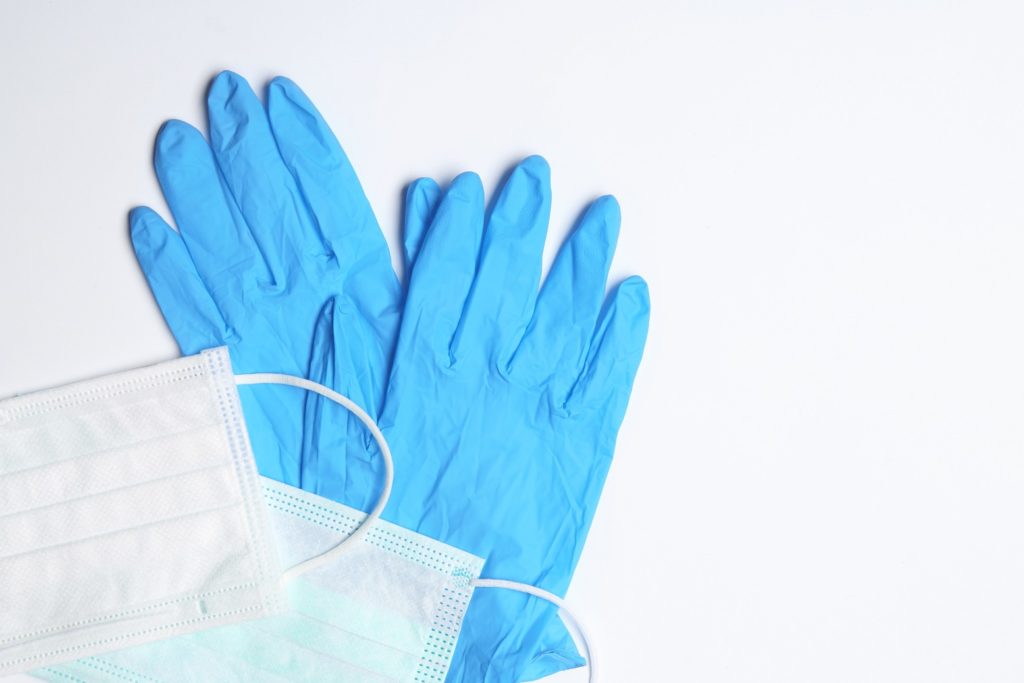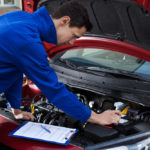Summary:
- Rodents love the heat that your car produces especially during the winter, therefore attracting them towards the insides of your vehicle.
- They can cause a range of damage, from gnawed wires to engine troubles.
- There are a variety of ways to repel rodents, including: parking in a safe area, keeping your car clear of food, using light as a natural deterrent, setting traps, and etc.
- There are steps to follow in cleaning up after a rodent infestation. Follow them to prevent the spread of unwanted diseases and the like.
During the winter season, everything is pretty much covered in snow. The road is icy, lakes are frozen, and the air is chilly. However, your car’s engine bay, especially after you’ve just turned the engine off, is exactly the type of warm place that pests love. It’s warm and cozy, making it a real nice place for rats to hole up in—which is bad news for you.
7 Tip to Keep Rodents Out of Your Car
There are several measures and precautions you can take to keep rodents out of your car. Some of them are home remedies while others require you to purchase some equipment.
You may need to do one or all the tips listed below, depending on the severity of your situation.
Park Your Car in a “Safe” Area
In this context, safe would mean that the road is asphalted, with no hiding places for rats in the immediate area, and no known rat infestations. Ideally, you should park in a well-ventilated area with low humidity. Keeping moisture and condensation to a minimum is ideal as mice tend to thrive in moist areas.
Keep Your Car Clean
Aside from the heat that your car emanates, the smell of food will also attract pests. If you like to eat in your car, make sure to keep it clean and free of crumbs. Regular vacuuming or periodic cleaning will help prevent the crumbs (and the smell) from building up and potentially attracting rats to your vehicle. Empty soft drink cans and the like will also cause your car to become infested with ants.
Also, don’t leave paper products (like receipts or empty brown paper bags from your fast food runs) and other random garbage in your car, as these can be potential food sources for rodents as well.
Use Light as a Natural Deterrent
Rats are typically nocturnal, which means they are most active at night. This also means that they love the dark, as bright lights can be harmful to their eyes.
Because of this, it’s always a good idea to park your car in a well-lit garage, or near a street lamp if you don’t have access to a garage.


Set Rat Traps
Traps may not truly prevent rodents from going near your car, but it may prevent them from going inside. Place the traps around your car, using either peanut butter or cheese as bait.
You may also use mothballs and other poisonous deterrents. However, this is discouraged if you have children with easy access to where your car is stored.
Use Scents as Deterrents
Rodents have a highly developed sense of smell. Their noses or snouts are highly sensitive, which means using certain scents can help keep them away from your car.
Here are some of the scents you can use:
- Peppermint
- Bergamot
- Eucalyptus
- Citronella
- Predatory scents (i.e. fox urine, raccoon, ferret, etc.)
Add your chosen essential oil to a spray bottle, mix it with a bit of water, and spray the solution in and around your car. You can also add a few drops of these scented oils to cotton pads or balls and leave them in certain areas of the car, like in the cabin or under the hood.
While these have been shown to be effective at keeping rats away, keep in mind that they may not be 100% effective.
Use Pest-Repelling Gadgets
Pest repellers are gadgets that emit sound waves that only mice and other rodents can hear. These gizmos are equipped with motion sensors that, when triggered, release a sound that we humans can’t hear, but are completely unbearable for rodents.
Get a Cat
This might be the cutest and most stress-free answer to your rodent problem. If you’re thinking of reasons to get a cat, add repelling rodents to the list. They are known to hunt small animals, and rodents are no exception.
The only downside of this is that you might find rat carcasses around your home from time to time.
How To Clean Up After a Rodent Infestation
Let’s say you already had a rat infestation in your vehicle and have employed the necessary measures to remove them or drive them away. What’s next?
Rats are very filthy creatures that carry potentially harmful viruses, so it’s important to clean and thoroughly sanitize your vehicle to keep yourself (and your family) safe from any possible diseases.

Here are some tips for cleaning your car after a rat infestation:
Check for possible nests and rat droppings
Note: In checking, make sure to wear the necessary gear in dealing with infectious matter. Rubber gloves, a face mask, and other non-absorbent clothing materials are recommended.
- Engine Compartment
- In inspecting this area for rats, the first step is to park your vehicle in a well-ventilated space for twenty minutes. Open the windows and doors in order to air out your vehicle.
- You may find dead bodies, rat droppings, and many other waste materials, BUT do not clean them up before disinfecting them.
- Unplug your car’s battery and spray the affected areas with a commercial disinfectant or a bleach solution of 9 parts water and 1 part bleach. Leave this to soak for about 20 minutes.
- Do not use a vacuum or a power washer to remove the waste; instead, use a paper towel to prevent the spread of unwanted aerosols.
- After you clean up all the rat droppings and other debris, disinfect your engine compartment once again.
- Air Intake Systems
- Remove the filter, and if you find evidence of a nest, spray the area with your disinfectant or bleach solution.
- If the infestation is particularly extensive, consult a professional before taking things into your own hands as you may be exposed to various diseases.
- Passenger Compartment & Trunk
- Remove the upholstery carefully and spray the affected areas with either your commercial disinfectant or bleach solution. Leave it on for 20 minutes, then pick the debris and other waste up with paper towels or toilet paper. Once again, do not use vacuum cleaners and power washers as you may end up further spreading any infectious material.
Note: If you’re using a bleach solution, be careful when spraying it on fabrics, as it can cause discoloration.
Dispose of carcasses properly
If there are any carcasses left in the vehicle, place them in two layers of storage bags and dispose of them in an outdoor garbage bin.
- Spray affected areas with a solution of bleach and water. Leave it on and allow to soak for 5 minutes to disinfect the affected area properly.
- After wiping the solution off, sponge the affected areas thoroughly with the solution.
- Before disposing of your gloves, make a new batch of the solution and let them rest there for 30-40 minutes.
- Wash your hands with soap and water after removing the gloves.
A safe rodent infestation cleanup equals proper infection prevention, and we all know that prevention is better than the cure.
Any information provided on this Website is for informational purposes only and is not intended to replace consultation with a professional mechanic. The accuracy and timeliness of the information may change from the time of publication.
































